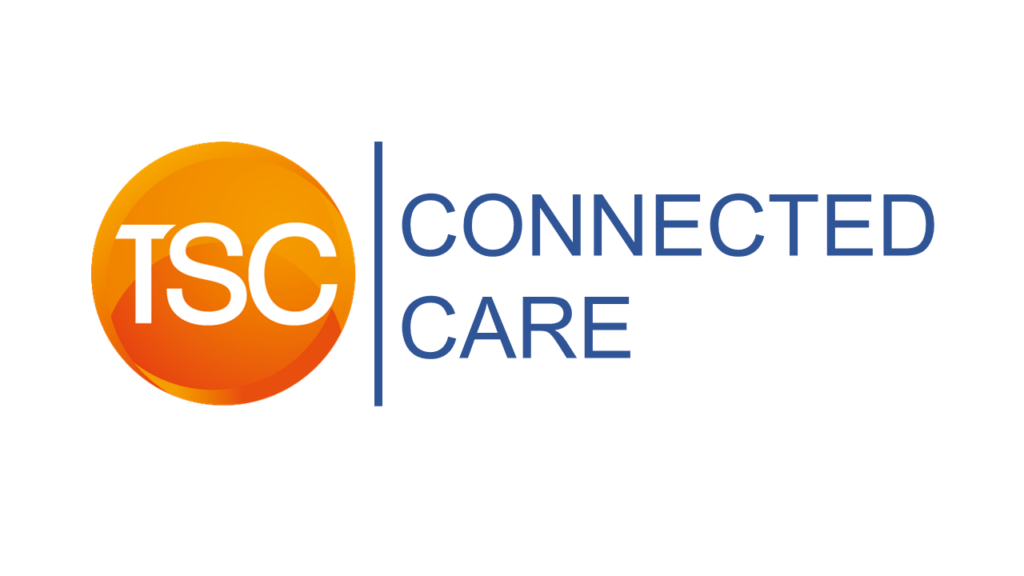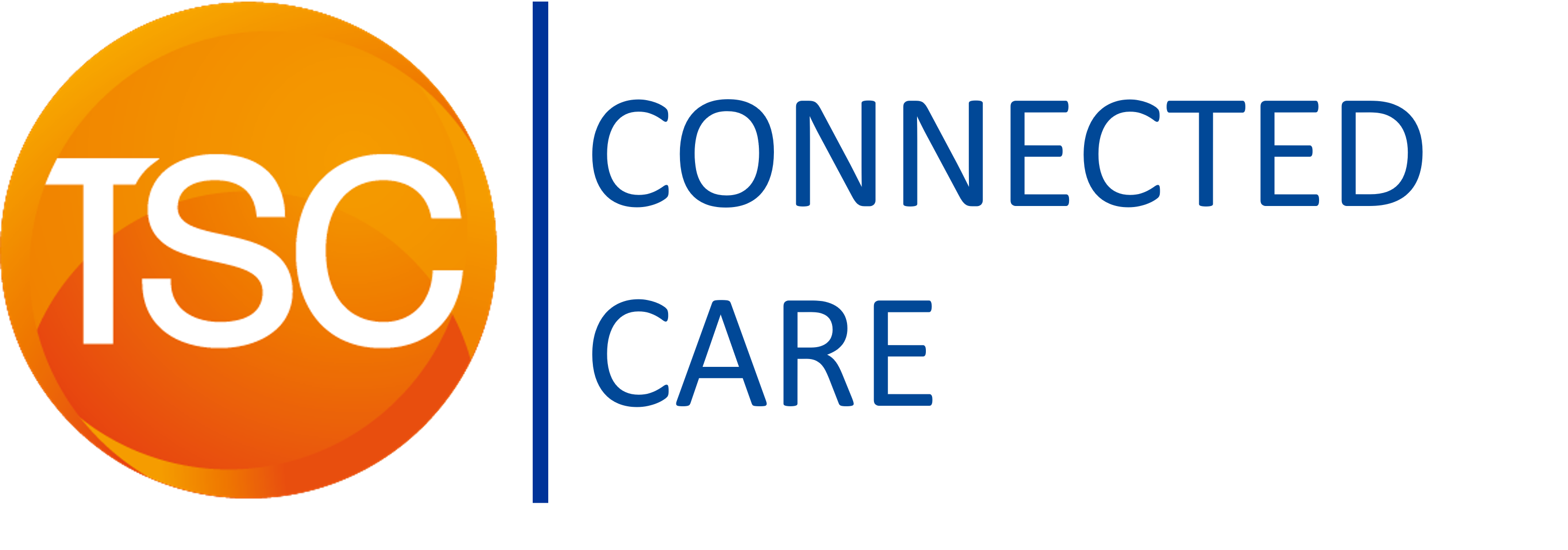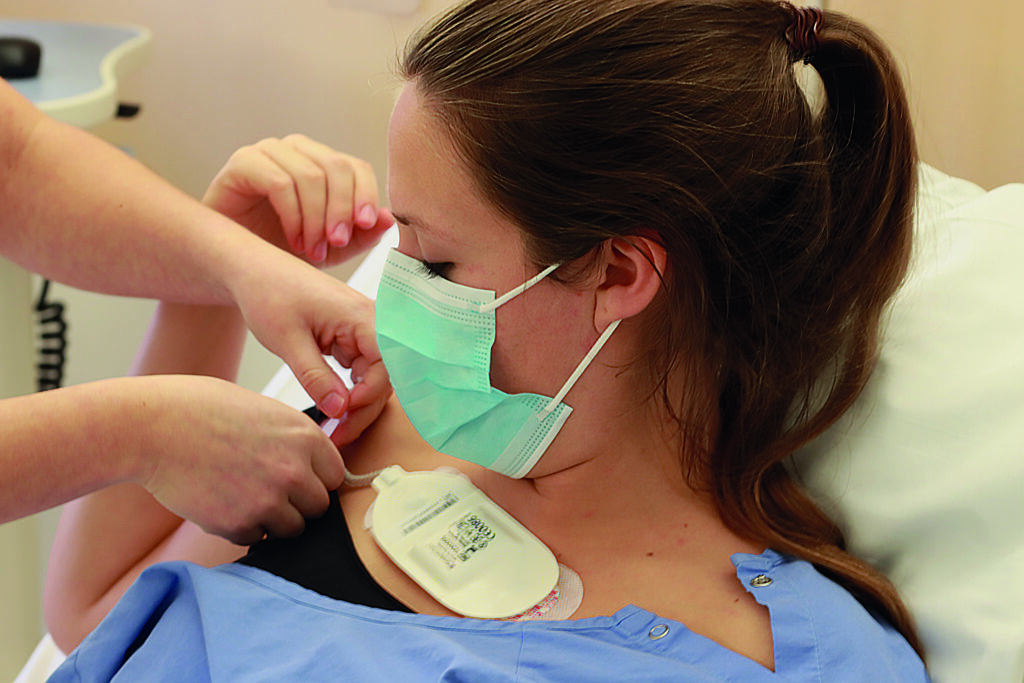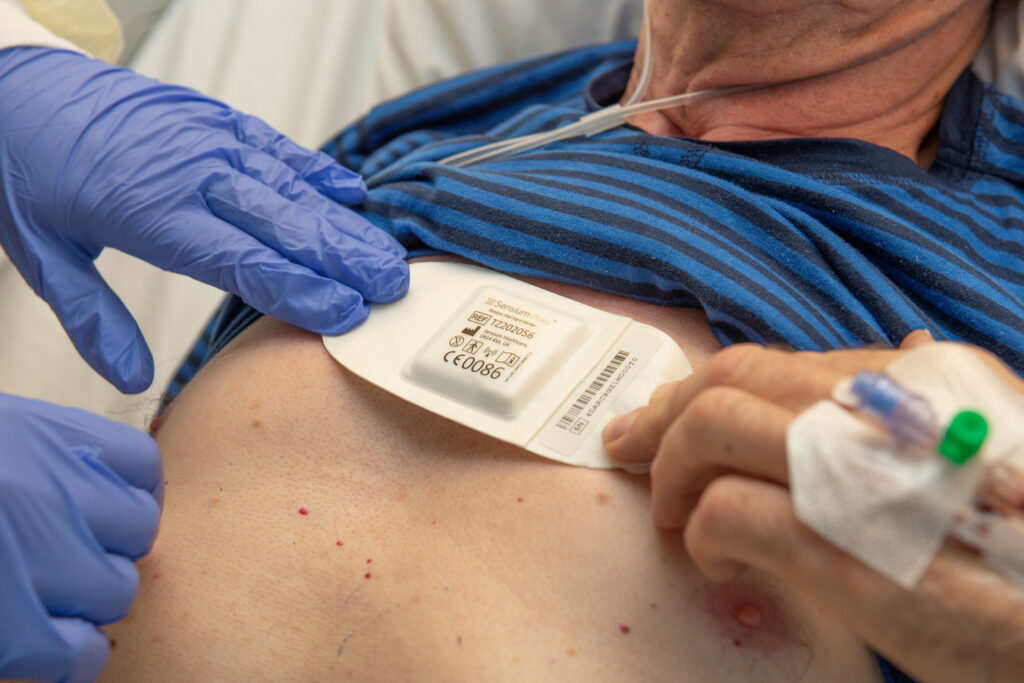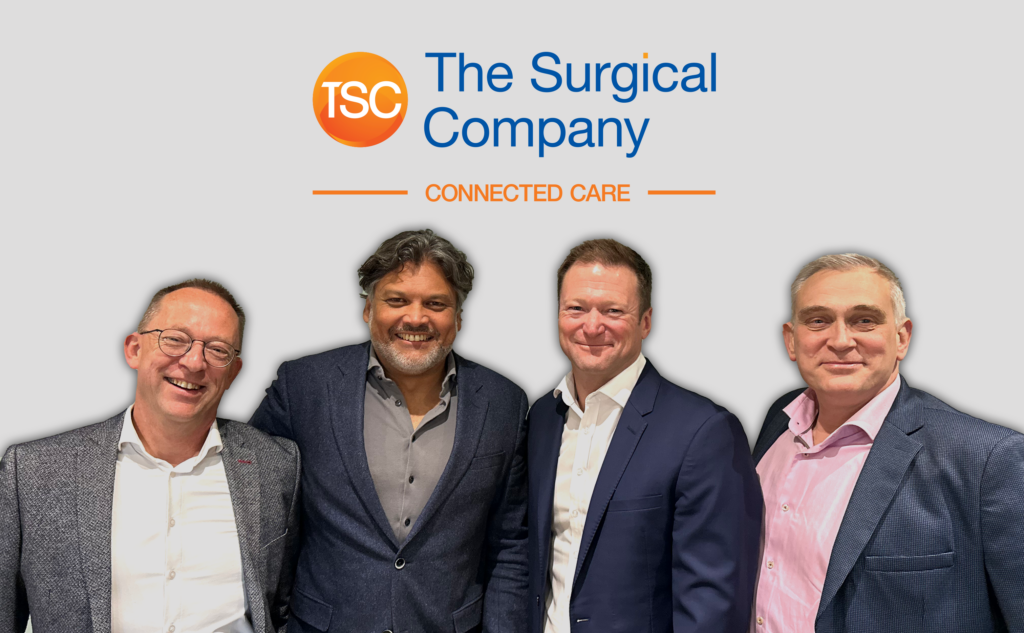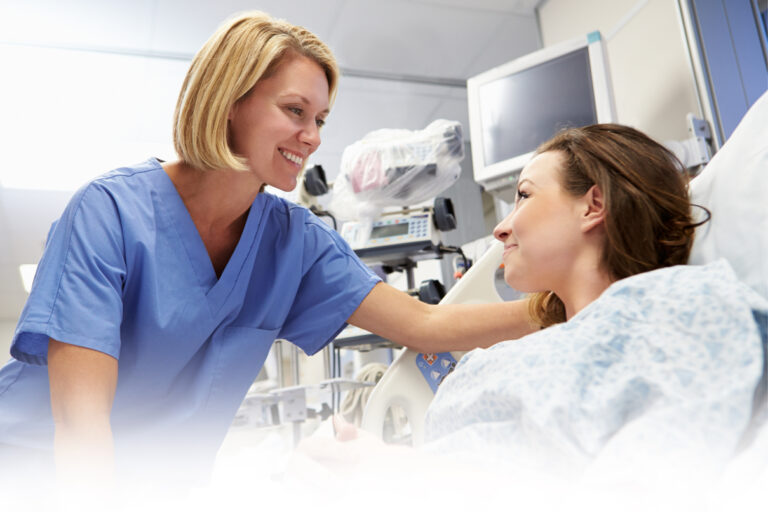“You want to know if a hospitalised patient is not getting sicker,” says intensivist Crétien Jacobs. “So ideally you want to know how someone is doing all the time, especially at night. The last measurement takes place around ten o’clock in the evening, the first one at eight o’clock in the morning. That’s ten hours between which you have no information unless you wake the patient.”
Smart plaster
New technological tools, which Elkerliek is now going to pilot, offer the possibility of continuously monitoring a patient. One such tool is the Sensium patch. This is a comfortable, small patch that is placed on the patient’s chest. The patch measures heart rate, temperature and respiration rate every two minutes. If these values fall outside a certain range for fifteen minutes, the nurse receives a notification on the phone so that she can go and check on the patient. And this happens 24 hours a day.
More rest
Pilots with both new technologies will be carried out from autumn 2021 onwards. Crétien Jacobs: “The most important goal of both technological tools is that any deterioration in a patient’s condition can be detected sooner so that we can intervene more quickly. This may prevent admission to intensive care, for example. During the course of the pilot project, Elkerliek will determine which form of monitoring can best be used for a specific patient group.
More peace and confidence
In the next six months, the smart patch and telemetry will be used in a number of nursing departments at Elkerliek. In addition to the effect on care, TU/e will also measure satisfaction with the new method among both patients and staff. Nurses are positive about the new possibilities. One of them is Marjolein van Rooij: “Certainly at night, it gives more rest and confidence, also for the patient. It is easier to go to sleep knowing that the vital signs are constantly monitored. I am therefore curious about the results of the pilot project.
Future
Pilots are currently being conducted in several places in the country with the installation of smart plasters in people’s homes, for example. In those cases, the vital signs of patients are monitored remotely in the hospital. In this way, patients may be discharged sooner and continue their recovery in their own environment. In the future, the Elkerliek hospital certainly sees possibilities to work with this in the Helmond-De Peel region as well. In anticipation of this development, the hospital first wants to gain experience with this form of continuous monitoring.
